12 Canadian Tourist Spots That Seem Better Online Than in Real Life
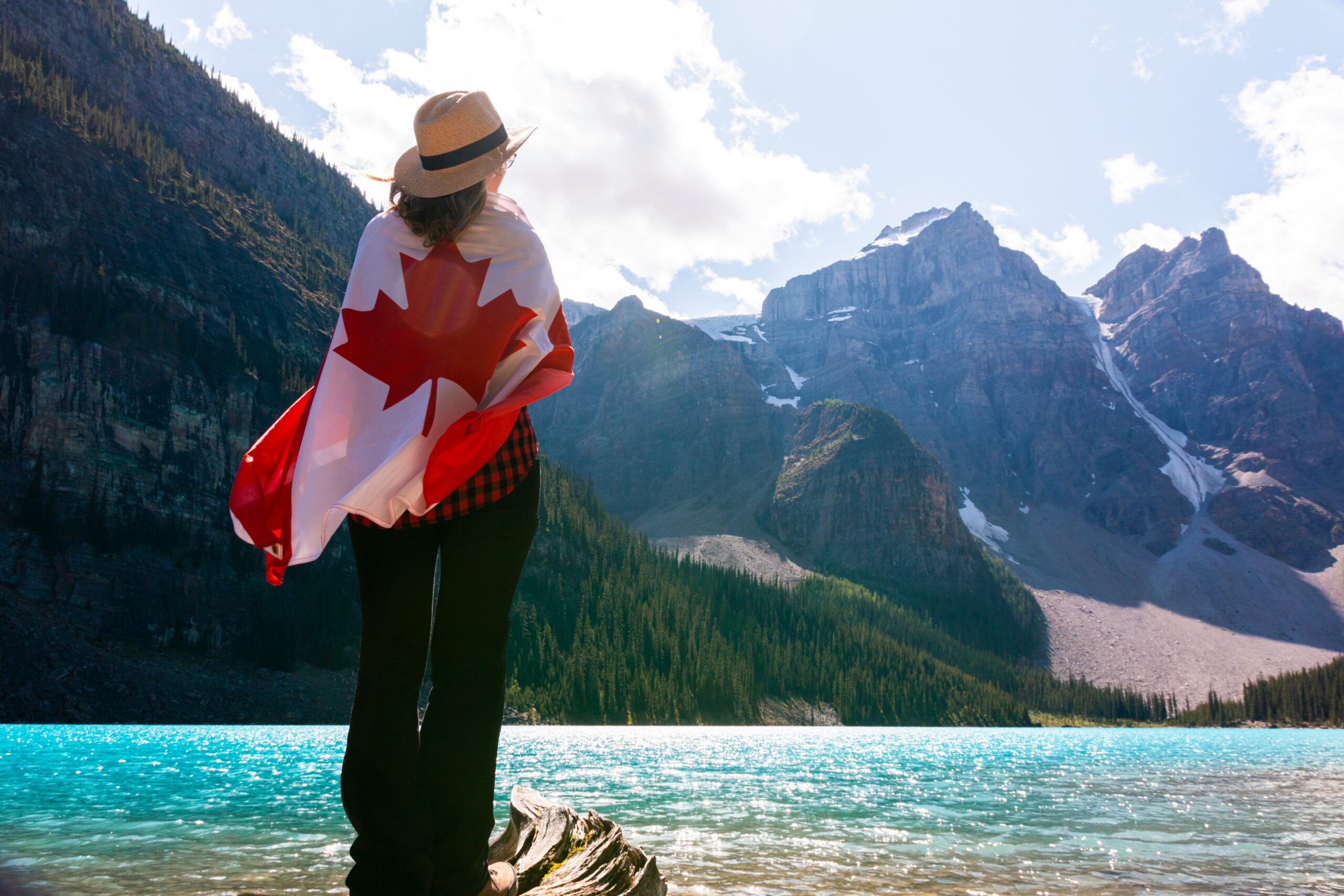
Canada is home to breathtaking landscapes, iconic landmarks, and bucket-list destinations—but not every place lives up to the pictures. Some tourist spots look magical online, only to feel crowded, over-commercialized, or underwhelming in person. From jam-packed mountain towns to attractions that feel more like theme parks than natural wonders, these popular places can leave travelers surprised. Here are 12 Canadian destinations that may not be quite what you expected—especially if you’re relying on social media filters alone.
Banff Townsite, Alberta
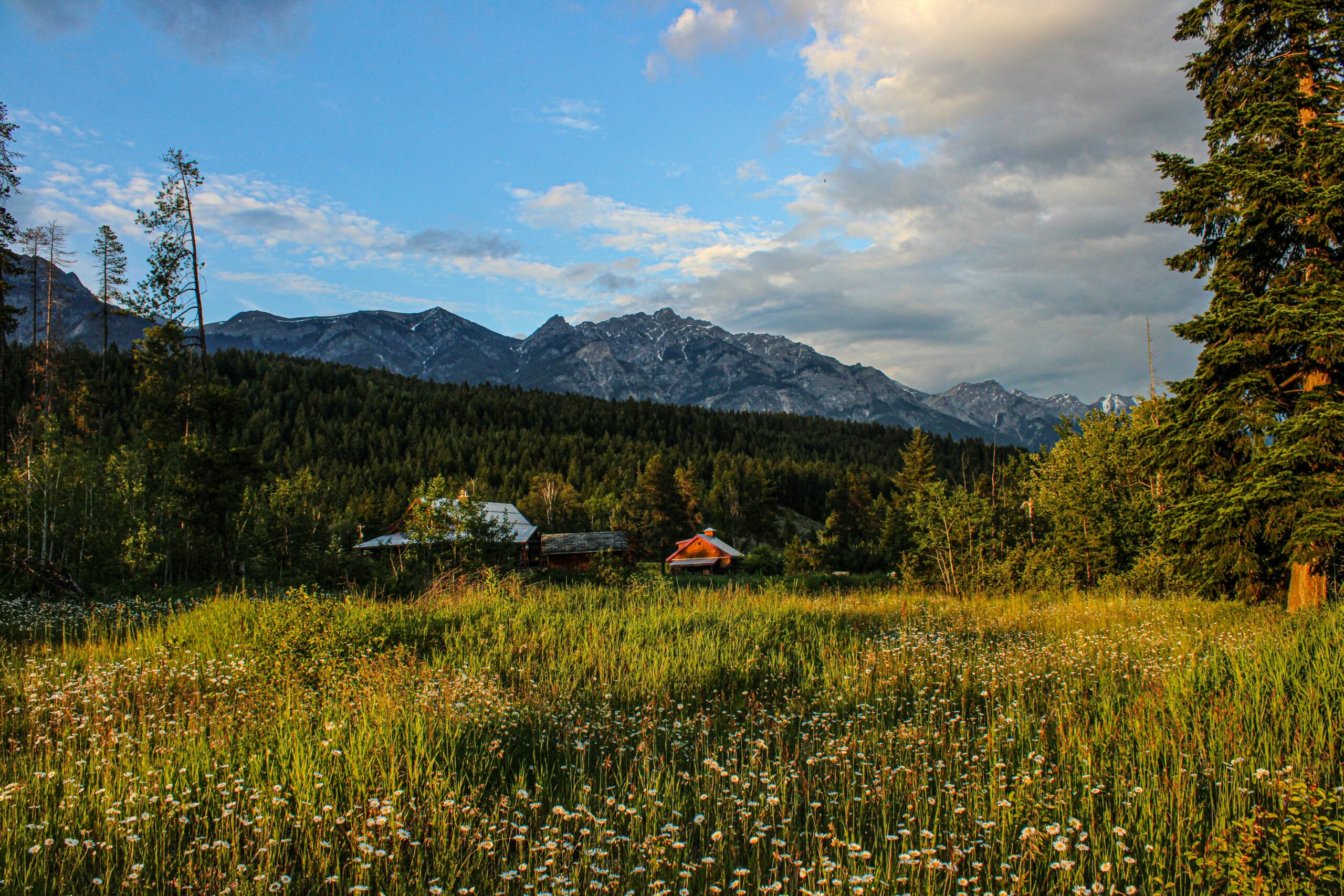
Banff looks magical in photos—turquoise lakes, snow-draped peaks, and charming lodges. But during peak tourist season, the small town becomes overcrowded, with traffic jams and long waits for attractions. The commercial strip can feel overly touristy, and prices are inflated. While nature nearby is still breathtaking, the heavily marketed version of Banff can fall short of the peaceful wilderness many expect. Visiting during shoulder season or venturing beyond the main town helps preserve the magic.
Niagara Falls, Ontario
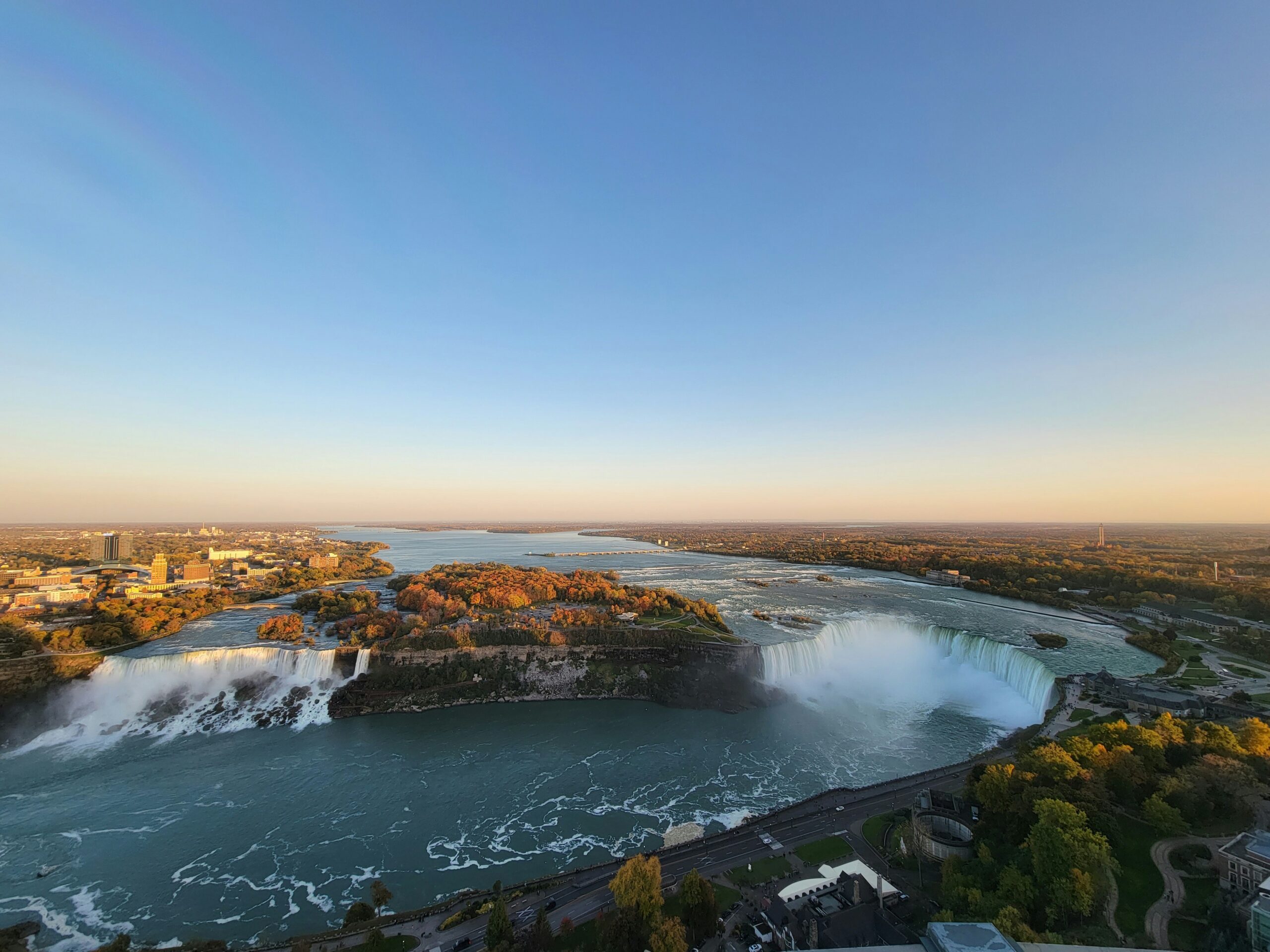
Niagara Falls is a natural wonder, but the surrounding tourist zone can feel like a theme park. With souvenir shops, casinos, and wax museums dominating the landscape, the grandeur of the falls can be overshadowed by commercial clutter. Crowds can be overwhelming, especially on weekends, and finding a peaceful moment to admire the falls is rare. While the falls themselves are stunning, visitors are often surprised at how artificial the immediate surroundings feel in person.
Lake Louise, Alberta
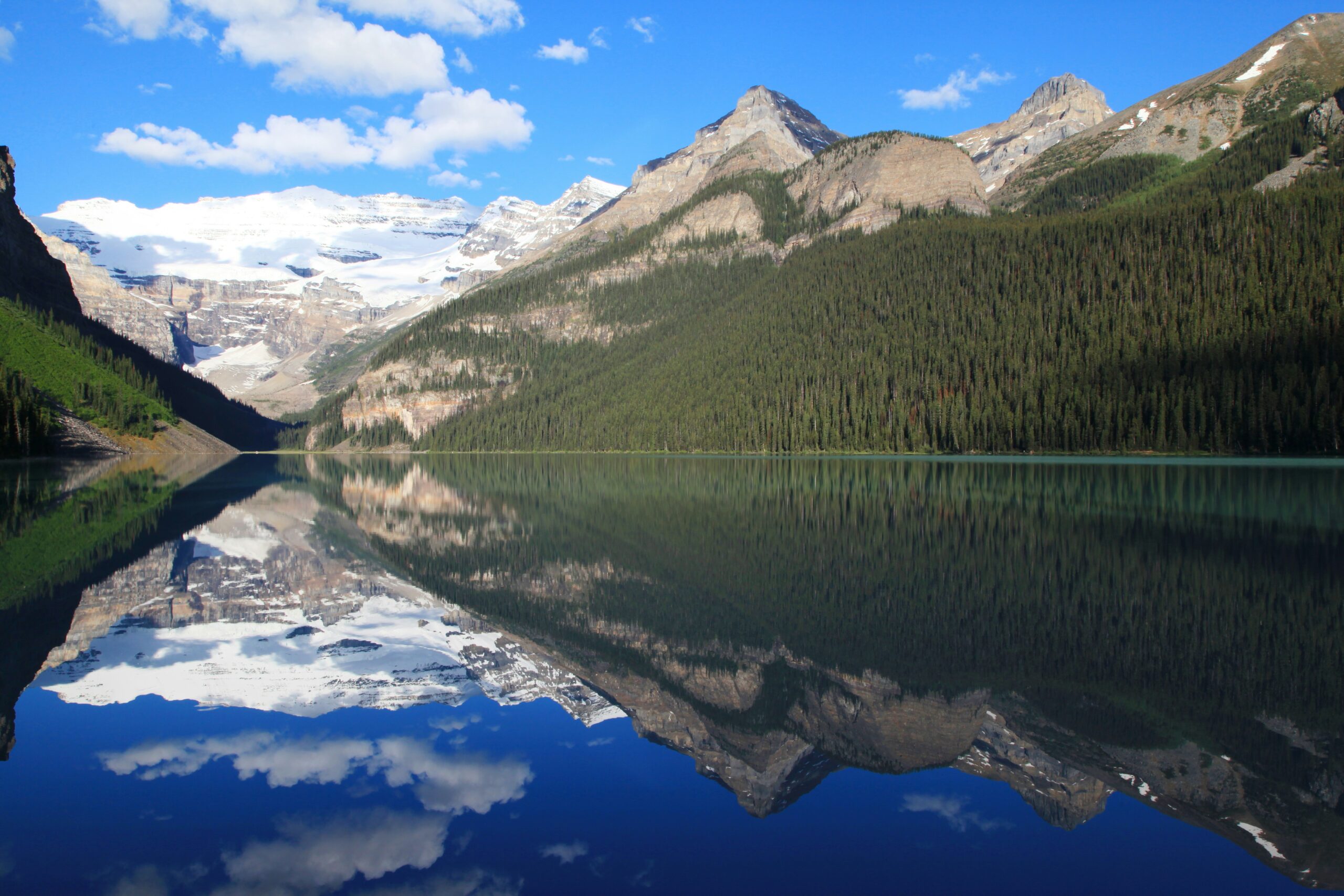
Lake Louise’s photos are among the most iconic in Canada—glassy waters and glacier backdrops. But the real-life experience often involves elbowing through large crowds for a photo and struggling to find parking. The once-serene lake can feel more like a busy photo shoot location, especially in summer. Access to the best views requires hiking or shuttle booking in advance. The beauty is real, but the hype creates expectations that are hard to meet amid the crowds.
Peggy’s Cove, Nova Scotia
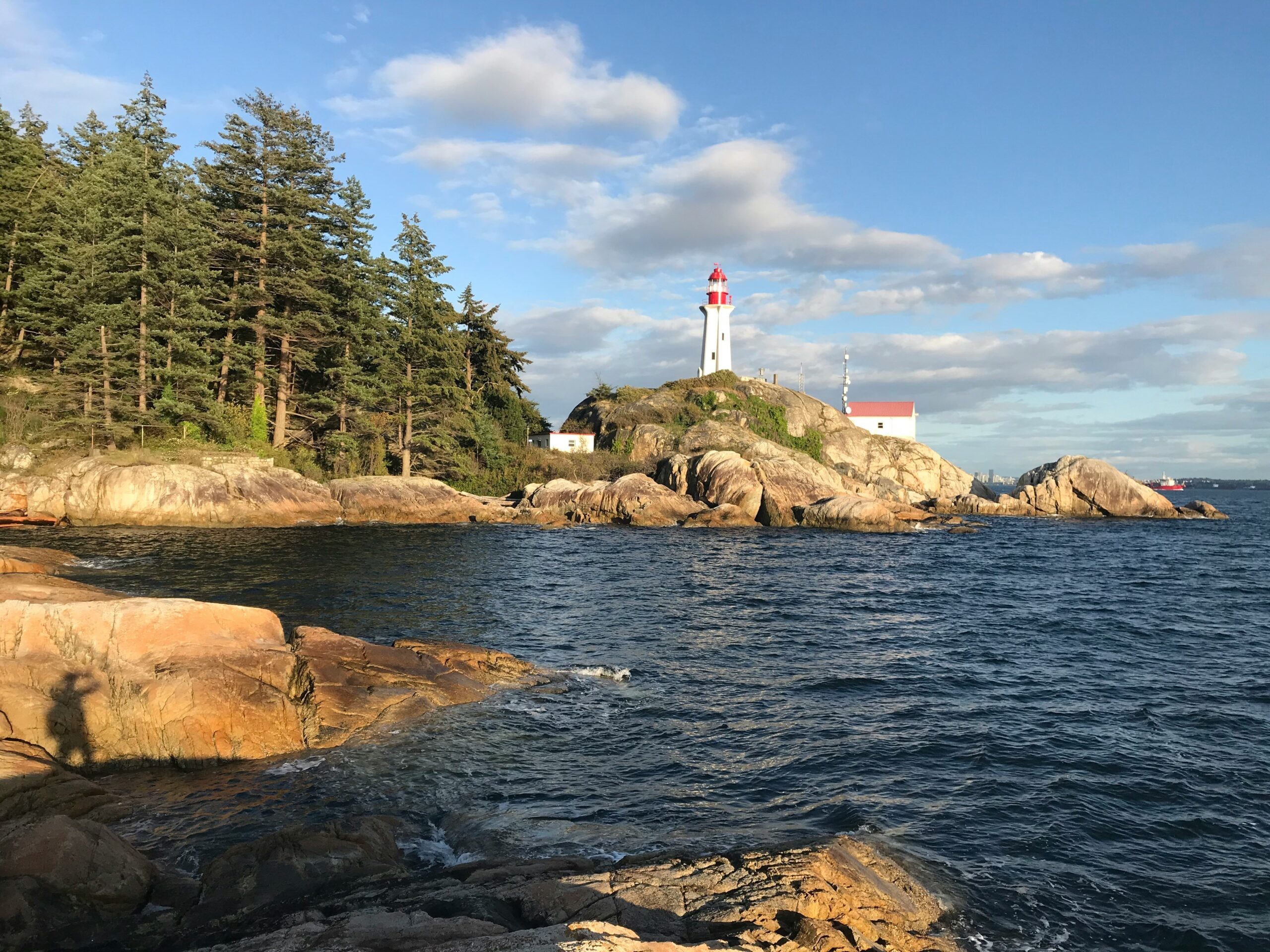
Peggy’s Cove lighthouse is a beloved Canadian postcard, but the in-person experience can be underwhelming. The area is tiny and often packed with tour buses. The rocky shoreline is beautiful, but safety barriers and tourist infrastructure detract from the natural charm. Many visitors spend more time navigating crowds and gift shops than soaking in coastal solitude. It’s still worth a visit, but best with tempered expectations and during quieter hours.
Hopewell Rocks, New Brunswick
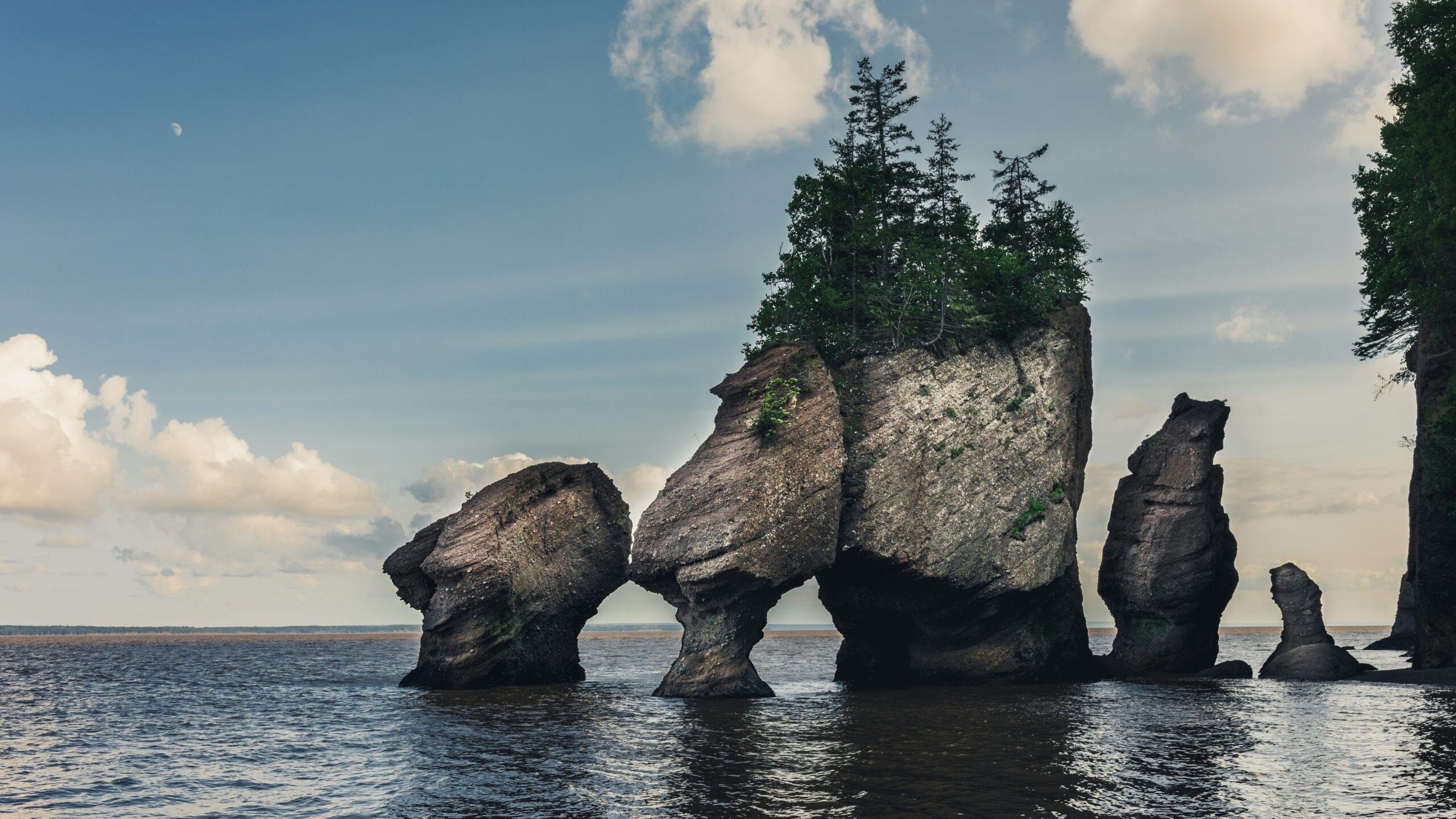
Photos of the towering flowerpot rocks at Hopewell Cape make the site seem secluded and untouched. In reality, it’s a heavily managed site with set schedules based on the tide. Paths are often crowded, and you’re restricted to certain viewing points. The experience can feel controlled and commercial compared to the wild look of online images. For a more immersive experience, it’s important to time your visit carefully and explore less-frequented parts of the Bay of Fundy.
Montmorency Falls, Quebec
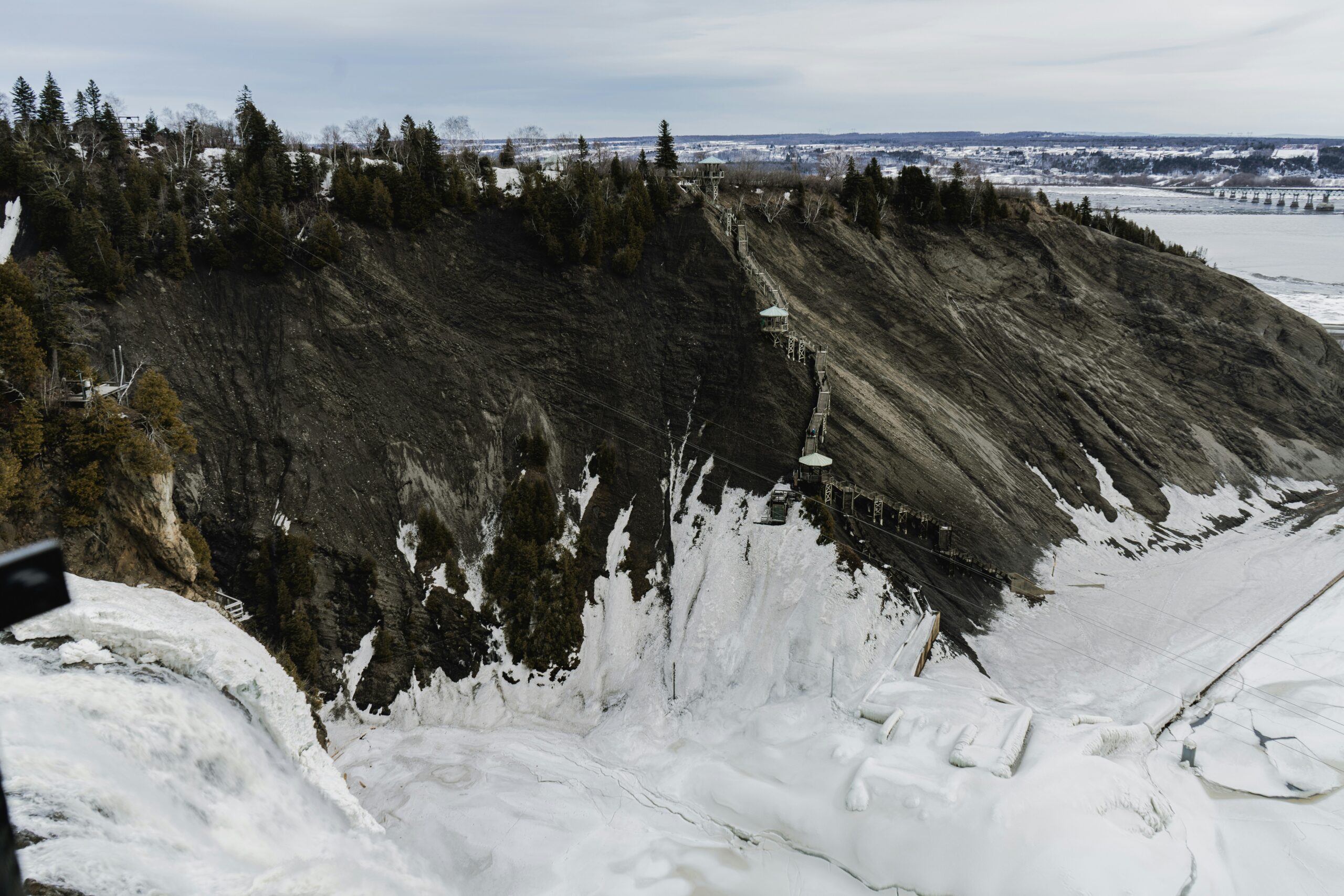
Montmorency Falls are taller than Niagara, but many visitors leave disappointed. Online photos show dramatic cascades and serene bridges, but the area is often crowded, and parts of the infrastructure are dated. The viewing platforms can be packed, and the falls, while powerful, don’t always match the grandeur implied online. It’s still an enjoyable stop near Quebec City, but expectations should be adjusted for a more urban, structured experience rather than raw nature.
Capilano Suspension Bridge, British Columbia
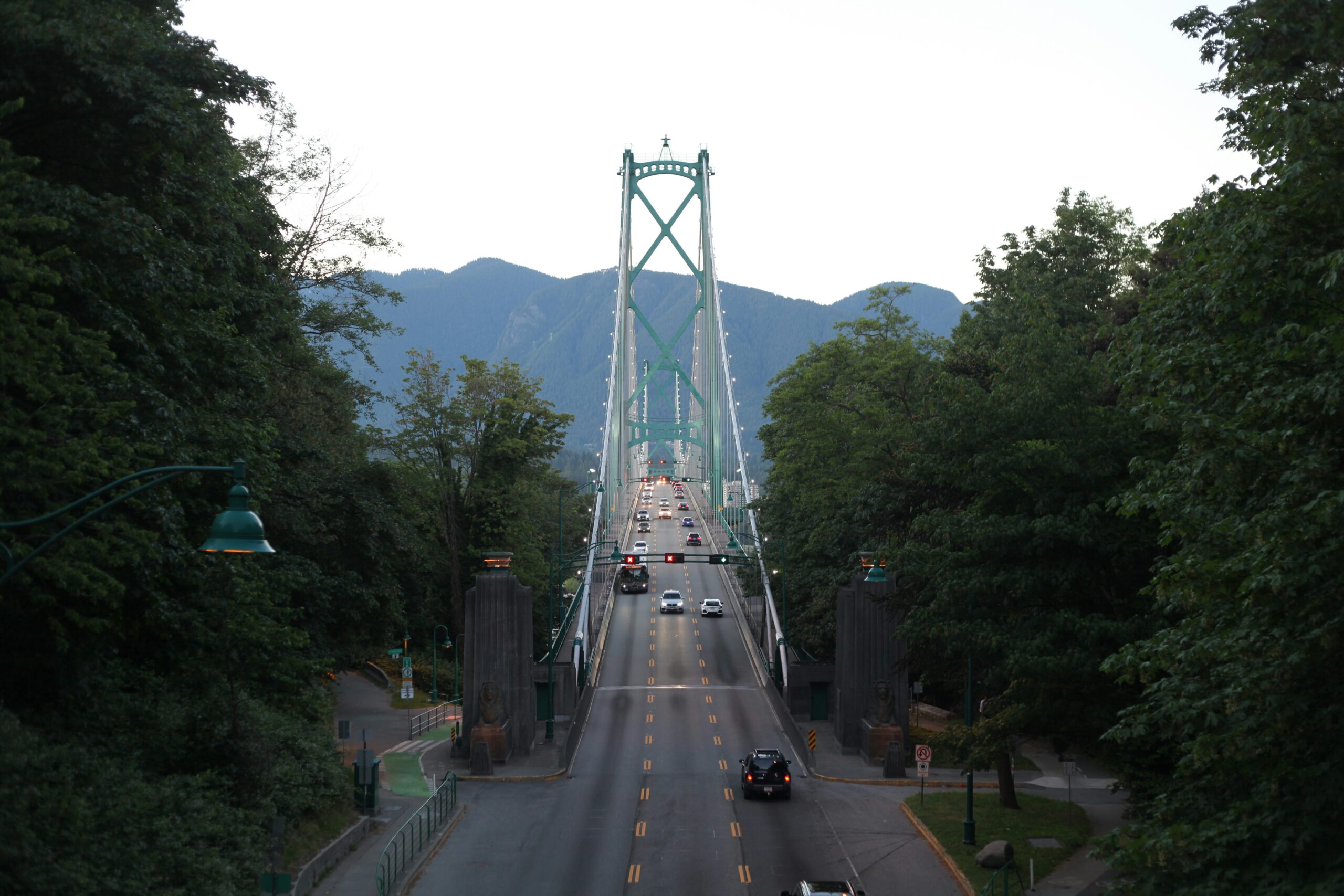
Photos of Capilano’s iconic suspension bridge swaying over a green canyon are breathtaking. But the reality is a controlled and often crowded tourist attraction with a hefty entrance fee. You may find yourself in a long queue just to cross, with little time to enjoy the view. While the surrounding forest is beautiful, the theme-park feel and high cost often surprise those expecting a peaceful outdoor experience. It’s photogenic, but far from tranquil.
Parliament Hill, Ottawa
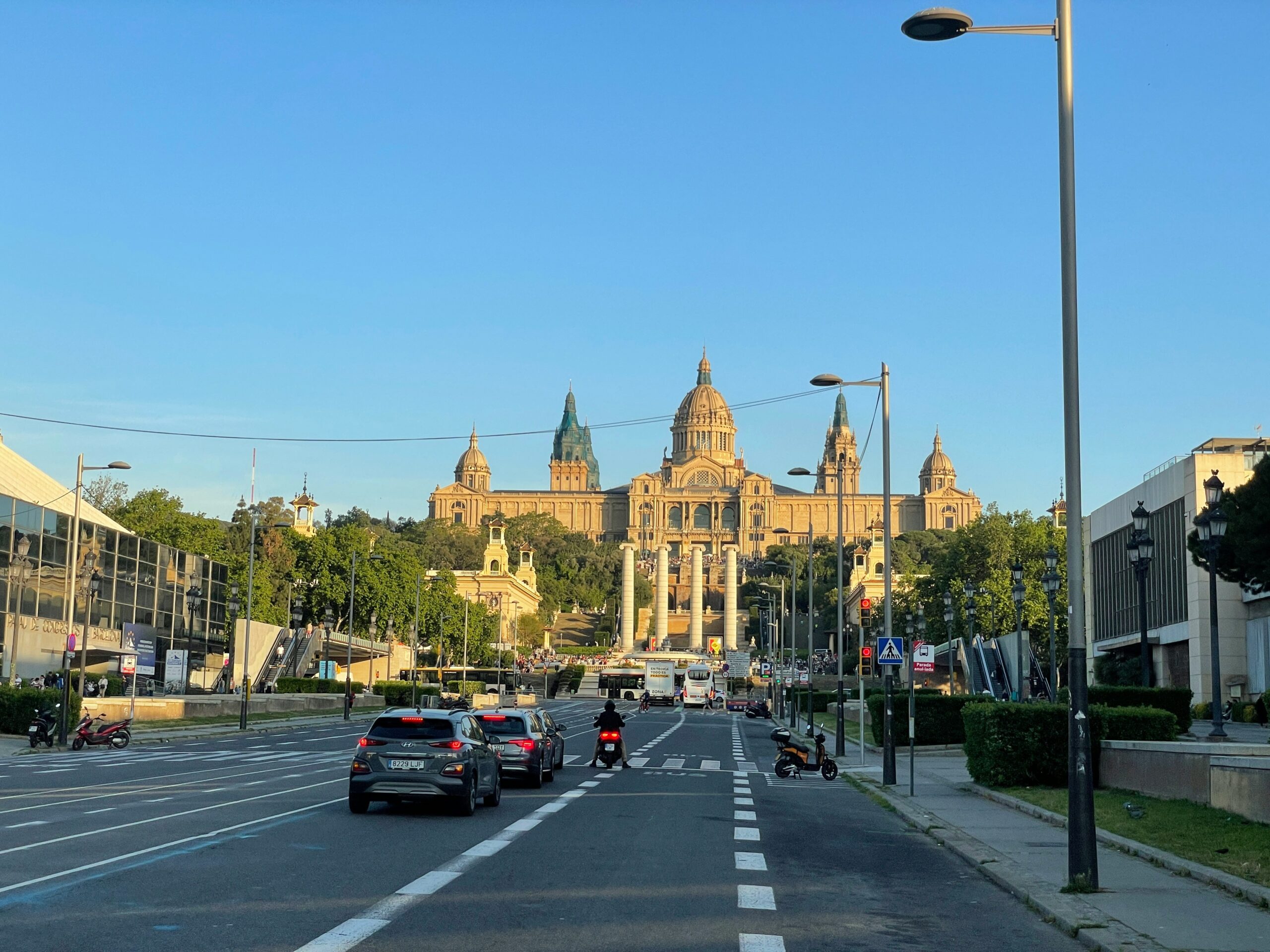
Online images of Parliament Hill show impressive Gothic Revival architecture and wide-open lawns. But in person, much of the area may be under construction or blocked off due to security. Guided tours are limited, and the atmosphere can feel rigid and official rather than inspiring. The Hill is historically significant, but for casual tourists, it can seem less captivating than its media presence suggests—especially when compared to other world capitals.
The Forks, Winnipeg
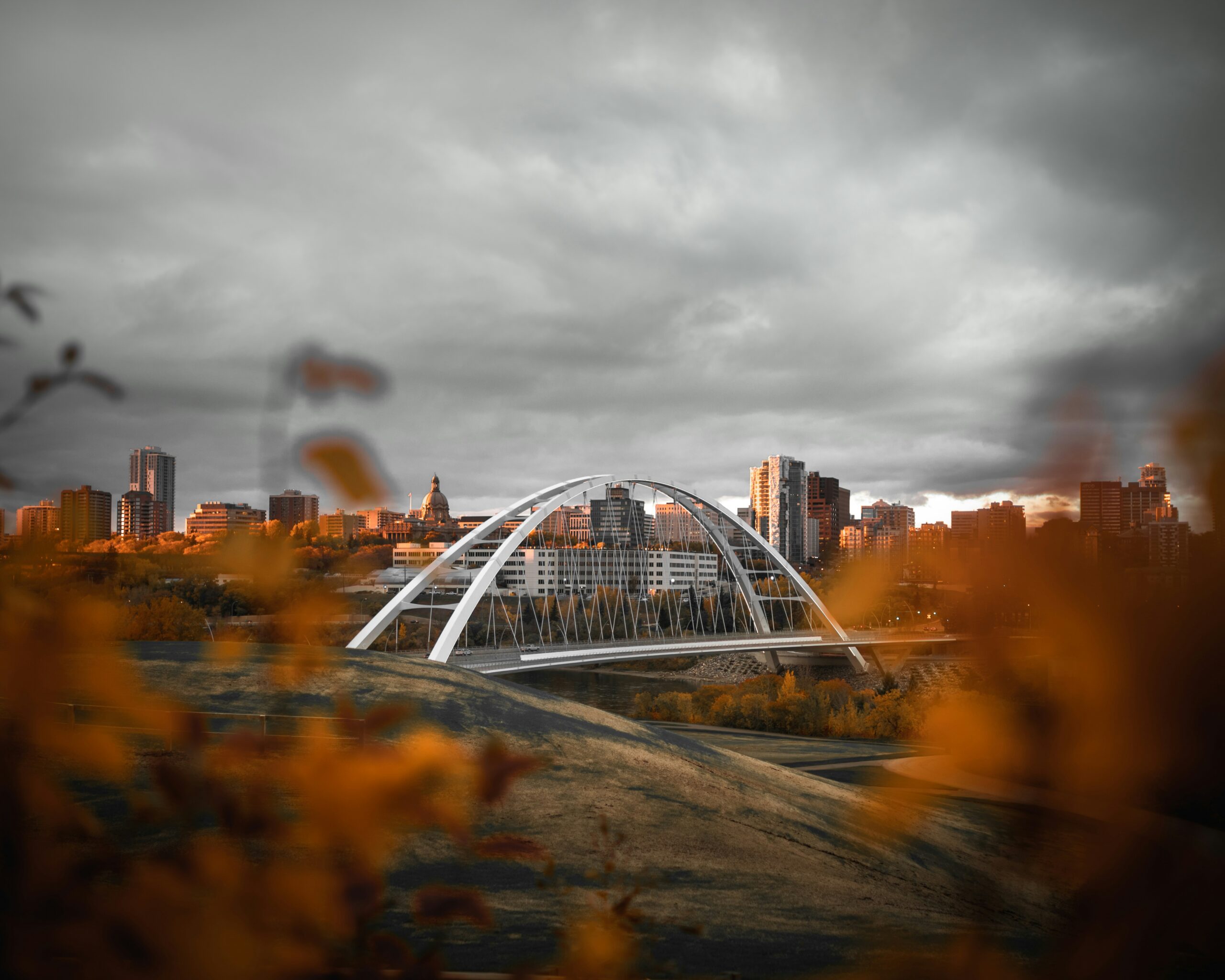
The Forks is marketed as a cultural hotspot, but visitors often find it underwhelming. The shopping area feels more like a food court than a vibrant market, and the river views are pleasant but not stunning. While it has historic value and local importance, the online buzz sets expectations too high. Those looking for lively public spaces or architectural beauty may walk away puzzled at the hype.
Whistler Village, British Columbia

Whistler’s alpine setting is gorgeous, but the village can feel overly commercial and expensive. The ski culture is world-class, but outside of the slopes, the town has a luxury resort vibe with high-end prices and long lines during peak seasons. Summer visitors may be surprised that much of the advertised beauty is inaccessible without extensive planning. The mountains are real, but the curated, resort-like feel may not be what every traveler hopes for.
CN Tower, Toronto
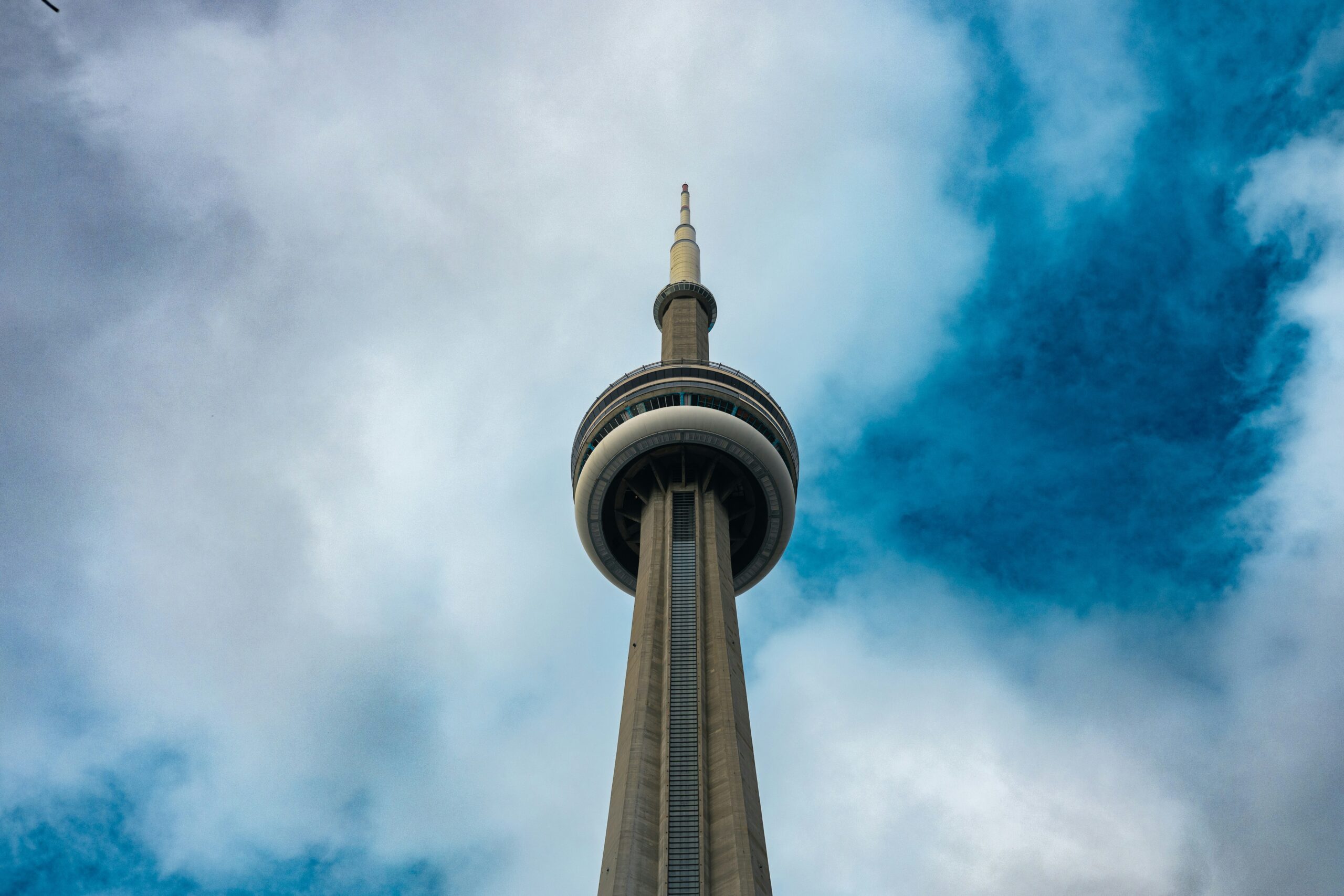
Towering over Toronto’s skyline, the CN Tower promises thrilling views. But the entry lines are long, tickets are pricey, and the glass floor is smaller than it looks online. The view, while panoramic, can feel uninspiring when visibility is poor. For many, the experience doesn’t justify the cost. Though iconic, the excitement in photos often doesn’t translate fully to the in-person experience—especially if you’ve seen similar towers elsewhere.
Butchart Gardens, British Columbia
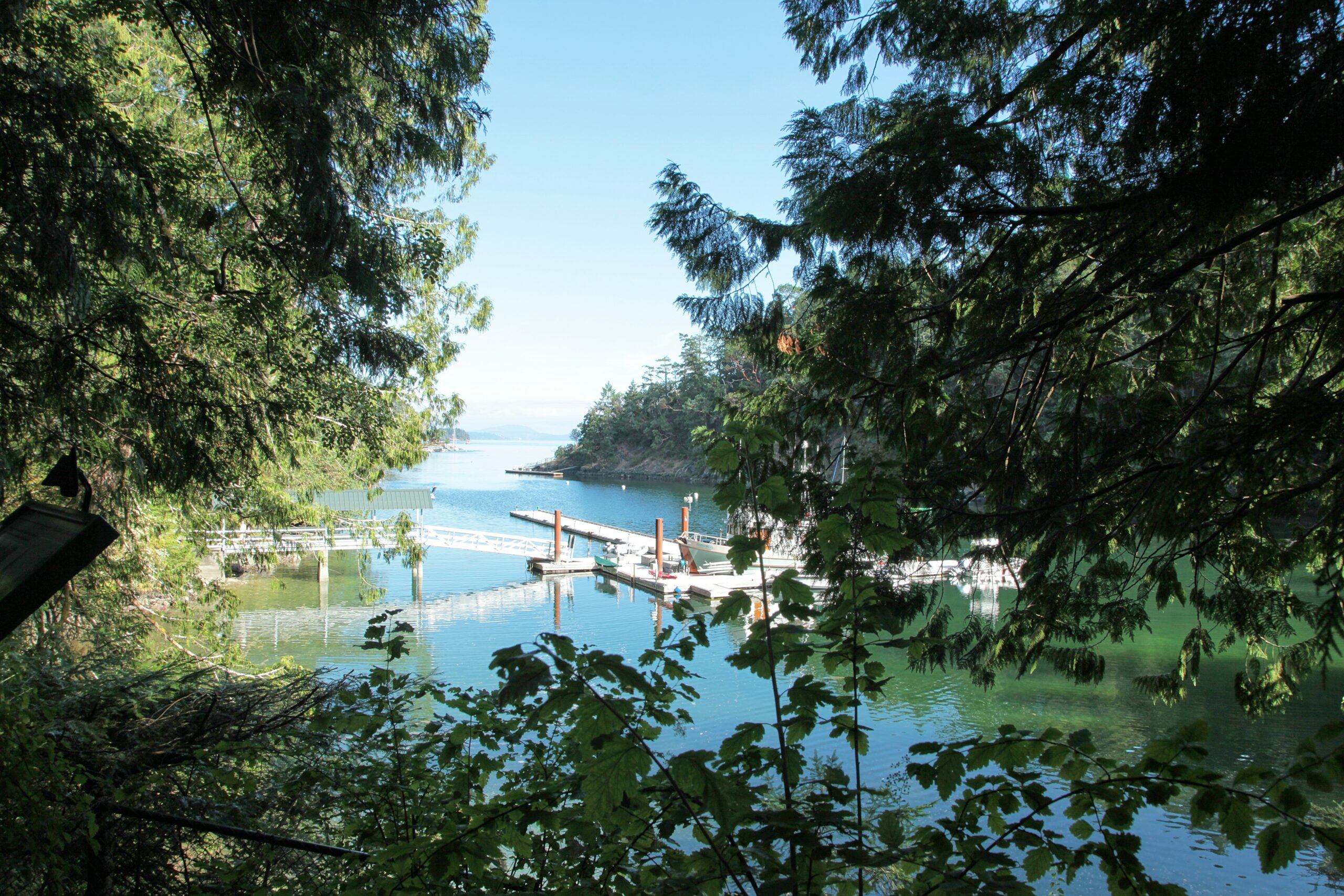
Images of Butchart Gardens are colorful and inviting, with blooming pathways and sculpted landscapes. But in person, it can feel like a manicured exhibit rather than a natural escape. Entrance fees are high, and the site is often packed with guided groups and strict walking routes. While it’s undoubtedly beautiful, the polished and tourist-heavy feel might not appeal to those seeking quiet nature. Visiting during shoulder seasons offers a better, less crowded glimpse.